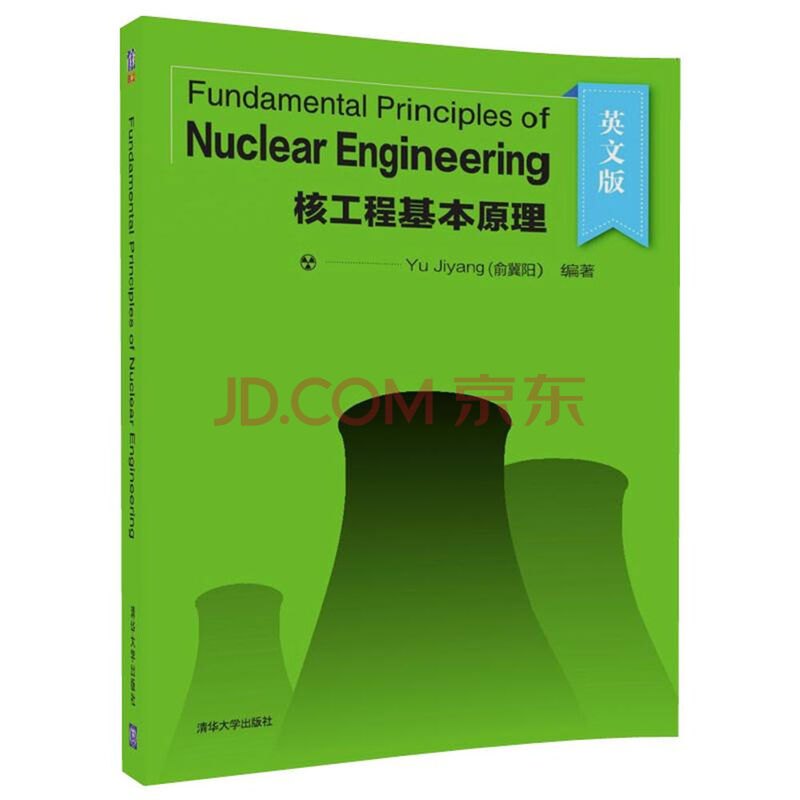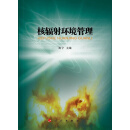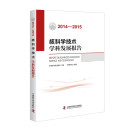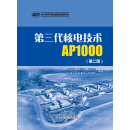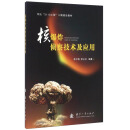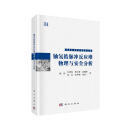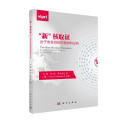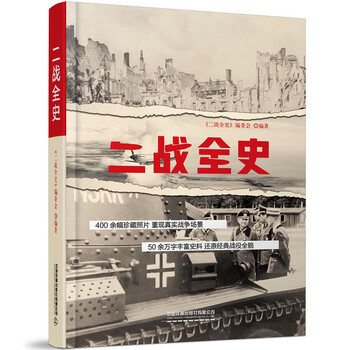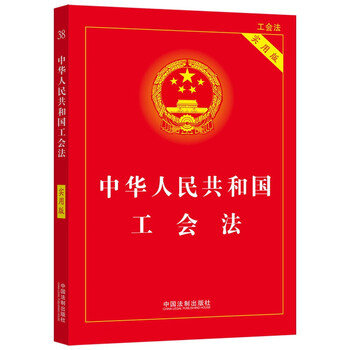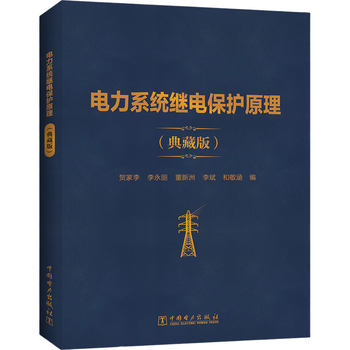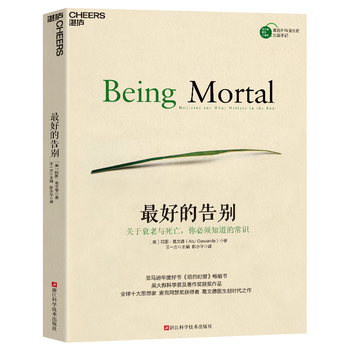内容简介
本书着力于核工程所涉及领域的基本原理,打通各个领域的壁垒,使核工程所涉及到的各个领域的基本原理融会贯通,使读者能够掌握全面的知识体系。
试读
1Fundamentals of Mathematics and Physics
In engineering field, some practical problems cannot be adequately solved using arithmetic and algebra only. Advanced mathematical tools such as calculus and integral are needed to understand physical process used in nuclear engineering.
1.1Calculus
Arithmetic involves the fixed values of numbers. Algebra involves both literal and arithmetic numbers,which still has fixed values in a given calculation although the literal numbers in algebraic problems can change during calculation.
Here some examples are given. When a weight is dropped and allowed to fall freely, its velocity changes continually. The electric current in an alternating current circuit changes continually. Both of these quantities have a different value at successive instants of time. Physical systems that involve quantities that change continually are called dynamic systems. The solution of problems which involving dynamic systems often need different mathematical techniques from arithmetic and algebra. Calculus involves all the same mathematical techniques involved in arithmetic and algebra, such as addition, subtraction, multiplication, division, equations, and functions, but it also involves several other techniques. These techniques are not difficult to understand because they can be developed using familiar physical systems, but they do involve new ideas and terminology.
There are many dynamic systems encountered in nuclear engineering field. The decay of radioactive materials, the startup of a reactor, and the power change of a turbine generator all involve quantities change with time. An analysis of these dynamic systems involves calculus. Calculus is the most helpful tools to understand certain of the basic ideas and terminology which is involved in nuclear facility field, though detailed understanding of calculus is not required for the operational aspect.
These ideas and terminology are encountered frequently, and a brief introduction to the basic ideas and terminology of the mathematics of dynamic systems is discussed in this chapter.
1.1.1Differential and Derivative
In mathematics, differential is a tool to describe the local characteristic of a function using linear techniques. Suppose a function is defined in a region. x0 and x0+Δx are two points (value) in this region. Then the incremental change of the function can be expressed as1:
Δy=f(x0+Δx)-f(x0)(11)
Using local linear technique, it can be expressed as:
Δy=A·Δx+o(Δx)(12)
where, A is a constant number independent with Δx, o(Δx) is a higher order infinite small of Δx. We call the function y=f(x) is derivable near the point of x0 and A·Δx is called as the differential of the function y =f(x) at point x0 corresponding to Δx (the incremental change of argument x). It is denoted as dy. The incremental change of argument x is the differential of x. It is denoted as dx. So we get:
dy=Adx(13)
Here we use an example in physics to explain the concept of differential. One of the most commonly encountered mathematical applications of the dynamic system is the relationship of position and time of a moving object. Figure 11 represents an object moving in a straight line from position P1 to position P2. The distance to P1 from a fixed reference point, point O, along the line of travel is represented by S1; the distance to P2 from point O by S2.
Figure 11Motion Between Two Points
If the time recorded by a timer, when the object is at position P1 is t1, and if the time when the object is at position P2 is t2, then the average velocity of the object between points P1 and P2 equals the distance traveled, divided by the time elapsed as Equation (14).
vav=S2-S1t2-t1(14)
前言/序言
Nuclear engineering deals with quite a wide scope of knowledge including mathematics, physics, chemistry, thermodynamics, heat transfer, fluid flow, electricity, instrument and control, materials, chemical engineering, mechanicals, nuclear physics, reactor theory and radiation protection. Each of these fields has some fundamental principles related to nuclear engineering. This textbook focuses on those fundamental principles and makes them a whole system knowledge to understand nuclear engineering.
Nuclear energy is a kind of clean, safety, economical energy source and it is one of the best choices of future energy for the whole world. It is especially suitable for China to develop nuclear energy because of the environmental pressure caused by fossil fuel. Nuclear energy provides about 15% of the electrical power of the whole world at present. Although, there were some nuclear accidents in the history of nuclear industry, advanced nuclear power plants are more and more safety, more and more efficiency, and antinuclear proliferation. At present, the Chinese government is working hard to adjust the structure of energy source. Nuclear energy, wind energy, hydro energy and solar energy are developing very quickly. Based on the plan of the government, the capacity of nuclear power plant in China will be 360 GWe, 240 GWe or 120 GWe according to different level of the development.
Based on these backgrounds, human resources of nuclear engineering will be demanded continually. Nuclear engineering deals with quite a wide scope of knowledge. For those who changed major to nuclear engineering, it is a little bit of difficult to understand the whole system knowledge in nuclear engineering field. Even for those who learn nuclear engineering as major, it is necessary to learn all these materials on the point view of systematic.
If the knowledge learned is not comprehensive, it is definitely a hidden danger for nuclear safety. All persons who want to work in the nuclear engineering field will be trained before entering a nuclear power plant. This textbook is a kind of handbook because of its simplicity, systematic and easy to understand. There are bunch of diagrams and figures to understand those profound concepts without tedious derivation of formulas.
The textbook is structured in twelve chapters, beginning with the basic concepts of mathematics and physics, and continuing in Chapter 2 with thermodynamics. Chapter 3 is concerned with heat transfer. Chapter 4 discusses the principles of fluid flow. Electrical science is introduced in Chapter 5. Instrumentation and control is discussed in Chapter 6. In Chapter 7, the fundamental principles in chemistry and chemical engineering are presented. Chapter 8 is concerned with material science and Chapter 9 with mechanical science. Nuclear physics and reactor theory will be learned in Chapter 10 and Chapter 11 and radiation protection in the last.
In writing a book like this, I would like to thank my parents and family, and my lovely colleagues in the Department of Engineering Physics, Tsinghua University. I would like to give special acknowledgement to all the students in the class of ITUEM 2017 for their careful revision of the book.
Yu Jiyang
Tsinghua University
Beijing, August 2017

